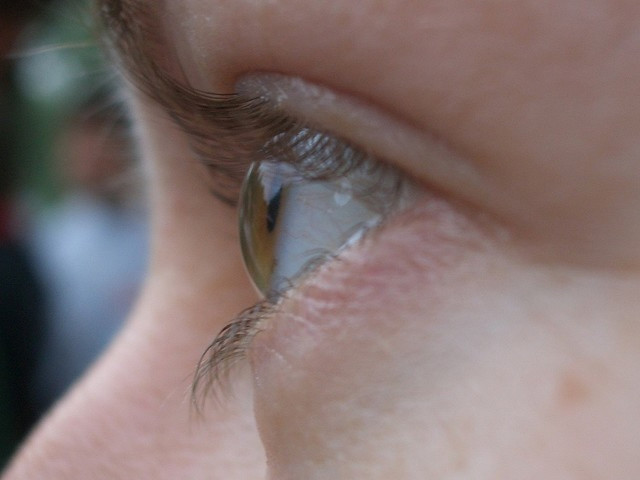Growth Hormone Tied To Higher Eye Pressure In Kids

(Reuters Health) - Short children treated with growth hormone may have slightly increased eye pressure compared with children not on the therapy, according to a small study from Israel.
High eye pressure has been linked to glaucoma, a disease that may lead to blindness. But experts said the new findings shouldn't cause alarm, because eye pressure in the study was still within the normal range.
Hormone injections are a common way to treat conditions that stunt growth, from hormonal deficiencies to genetic diseases like Turner and Prader-Willi syndromes.
Growth hormone is generally considered safe, and although the new study raises a red flag, its significance is unclear.
This is a very preliminary study that from my point of view only tells us that this is something we should look into, said Dr. Ilan Youngster at Tel Aviv University in Israel, whose results were published in The Journal of Pediatrics.
Previous research has found side effects - including headache, nausea and joint inflammation - in fewer than 5 percent of children treated with growth hormone.
One case report also describes a boy who developed severe glaucoma that eased when he was taken off growth hormone. Glaucoma is a group of conditions that damage the optic nerve, usually from a buildup of pressure in the eye. So the Israeli team wanted to test whether growth hormone treatment might be tied to eye pressure changes.
Youngster and his colleagues studied 55 kids who had been getting growth hormone treatment for 31 months on average. They compared those with 24 children with similar conditions who had not been treated.
Kids with eye diseases or those who had a family history of eye problems were excluded from the study.
The children in the treatment group, aged around 11 years on average, were getting daily shots of growth hormone - within the standard dose range, but about 50 percent higher than the dose used to replace the hormone in deficient kids.
Eye pressure in the treated kids was about 16 millimeters of mercury (mm Hg), on average, compared to 13 mm Hg in the untreated group. Higher doses and longer treatment periods were linked to greater pressure.
The researchers also checked their findings against children of the same age in the general population. Again, they found that those on hormone therapy had higher eye pressure.
According to the Glaucoma Research Foundation, a non-profit research organization, eye pressure in the range of 12-22 mm Hg is considered normal.
Youngster said a follow-up study is already underway, with tests at three, four and five years of treatment.
That's the better study to see the change in pressure over time, he said.
Dr. Steven Chernausek, who studies the safety of growth hormone in children at the University of Oklahoma in Oklahoma City, said it's possible that eye pressure may drop after kids stop taking growth hormone.
That's a missing but key piece of information, Chernausek, who wasn't involved in the new work, told Reuters Health.
We also don't know what the long-term effects of growth hormone use are. Most studies look at side effects during the time of treatment. Very few studies look at the effect 20 years later, he said.
Based on the new findings, Chernausek sees little cause for concern, however. He said screening all kids on growth hormone for high eye pressure is not warranted at this point.
Youngster agreed. For now, he recommends regular monitoring only for kids with a family history of glaucoma.
SOURCE: bit.ly/LWyu2q The Journal of Pediatrics, online June 25, 2012.
© Copyright Thomson Reuters {{Year}}. All rights reserved.





















